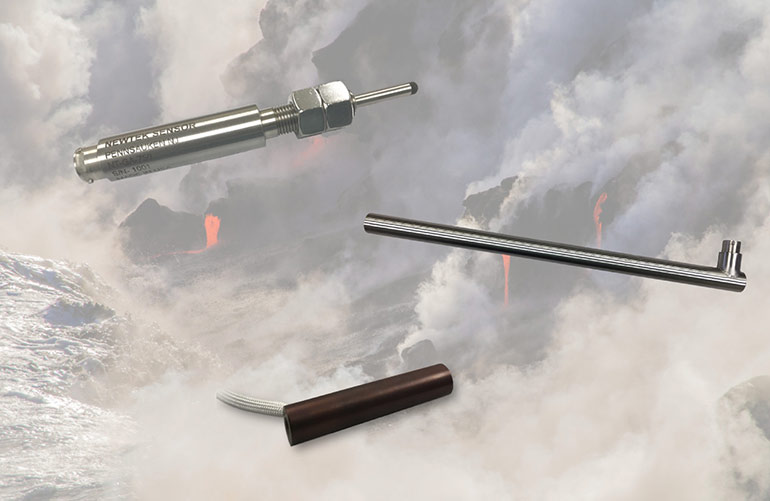NewTek Sensor Solutions offers several LVDTs with an extended 400°F temperature range for use in applications where temperature spikes are possible. The high-temp, AC-operated position transducers ensure reliable position measurement without failure in applications with fluctuating temperatures where standard-temperature sensors can fail, due to deteriorating insulation and intermittent connections.

For example, standard-temperature position sensors used on steam valves may unexpectedly fail when the valve is in motion due to temperature spikes caused by steam leaks. Failures also can result from hot gas outbursts or temporary exposure to opened furnace doors. Replacing these standard units with a higher temperature LVDT stops failures, eliminates bad readouts and reduces downtime associated with maintenance. Industries often specify high-temp LVDT position sensors for displacement measurement as insurance against units failing due to unexpected temperature spikes, which can be very common in industrial settings.
The construction of a high-temp AC-LVDT also offers greater temperature flexibility in displacement measurement than other position sensing technologies such as potentiometers and magnetostrictive sensors. Potentiometers rely on mechanical contact to provide position feedback, so components can wear and be affected by heat, making them noisier and less reliable over time. Magnetostrictive sensors require on-board electronics, which carry strict temperature limitations.
Void of internal electronics and incorporating non-contacting technology with no parts that wear over time, NewTek’s high-temp LVDT position sensors are dependable for use at temperatures of 400°F or even higher for limited durations. The LVDTs also use materials rated at or above the specified temperature range including wires, bobbin materials, epoxies and adhesives.
NewTek’s high-temp LVDTs are available in ranges from ±0.025 inches to ±10.0 inches and come in several mechanical packaging options. Customizations are available.
NewTek Sensor Solutions
www.newteksensors.com
Filed Under: Components Oil Coolers, Sensors, Sensors & Gauges